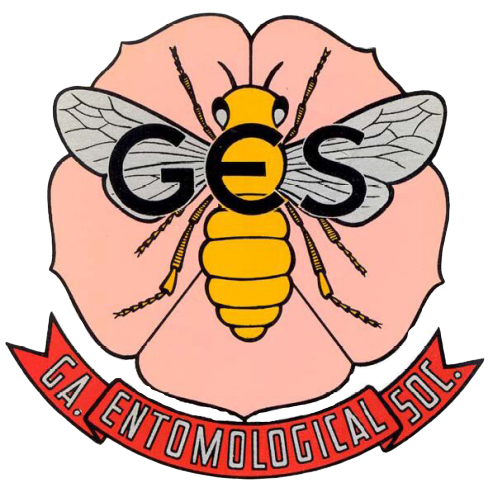FALL ARMYWORM:1 EXPRESSIONS OF ANTIBIOSIS IN SELECTED GRASSES
Selected grasses, ‘Coastal,’ ‘Tifton 10,’ and ‘Tifton 292’ bermudagrass, Cynodon dactylon (L.) Pers., ‘common centipedegrass,’ Eremochola ophiuroides (Munro) Hack, zoysiagrass, Zoysia sp., and corn, Zea mays L., were evaluated in the laboratory as hosts for the fall armyworm, Spodoptera frugiperda (J. E. Smith), in forced-feeding tests to delineate more clearly the expressions of antibiosis. Data were recorded at 5, 7, and 9 days on weights of larvae, days to pupation, weights of pupae, pupal duration and survival on the various host grasses. Corn was the most suitable host for development of fall armyworm larvae, followed by Tifton 10 and Coastal bermudagrass. Larval development was slower on common centipedegrass than on Coastal bermudagrass. Tifton 292 bermudagrass and zoysiagrass were unsuitable hosts because of nonpreference and antibiosis. Wing pad deformities in pupae and/or serious lessions in adult wings were observed when resistant grasses (e.g., centipedegrass and Tifton 292 bermudagrass) were incorporated into pinto bean diet and fed to fall armyworm larvae.
Contributor Notes
1 Lepidoptera: Noctuidae.
2 Dept. of Entomology and Nematology, Univ. of Florida, Gainesville, FL 32611.
3 Insect Biology and Population Management Research Laboratory, USDA, ARS, Tifton, GA 31793.
